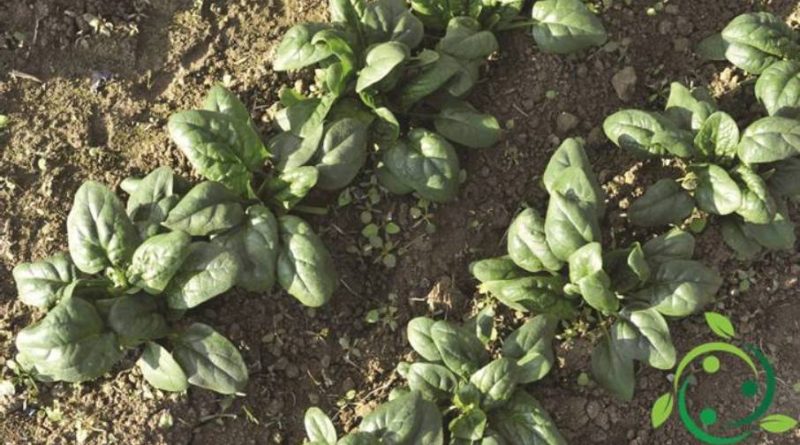How to grow spinach in a biological way
How to grow spinach in a biological way
In order to grow spinach (Spinacia oleracea L.) in a biological way, you need to know the physiology of these plants and the habitat where it grows best.
Spinaches prefer cool climates for which they are to be grown in the autumn-winter period or, alternatively, in that between the end of winter and spring. They are plants with low thermal requirements (longidiurne) that tend to produce flowers and seeds when the daylight exceeds 14 hours. Since the varieties of spinach are multiple, each one manifests different needs. So for sowing follow the directions dictated (in the seed to be purchased) for the variety.
Spinach prefers deep, well drained soils with a pH above 6.5 and goes well in rotation after crops that leave a good fertility. The exposure can be half-sun, indeed in these conditions there is a greater leaf development. In any case, it takes advantage of organic fertilizers but absolutely no nitrogenous fertilizers must be present as all the leaf vegetables tend to accumulate it in the more tender parts and are then highly toxic.
Sowing can be done directly in the field, with subsequent thinning or, better, in seedbeds or jars and seedlings to be transplanted. The seed should be placed at a depth of one cm from the ground. For plant distances you can choose those of 15-20 cm in the row and 40 cm between rows. For a better quality of spinach, however, you think of doing a subsidiary cultivation (for example in double rows) with chicory, radicchio, lettuce or with plants from the cabbage family.
Irrigation must be carried out only in emergency or if you have sown in a period (like the spring at the end of rains).
For the harvest this can be done as the leaves reach a good development (but not too tough) or by cutting the whole head quite high in order to get it back for another production.
As far as adversity is concerned, if you have worked well (soil type, consociation, etc.) and do not return the spinach on the same plot for at least three years, no particular problems should arise. The only drawbacks can however be represented by downy mildew or radical rot. In this case you can use the Bordeaux mixture.
By way of knowledge the most widespread varieties of spinach are: Spinach Matador, Spinach Butterfly, Spinach Verdil and Spinach giant in winter.

